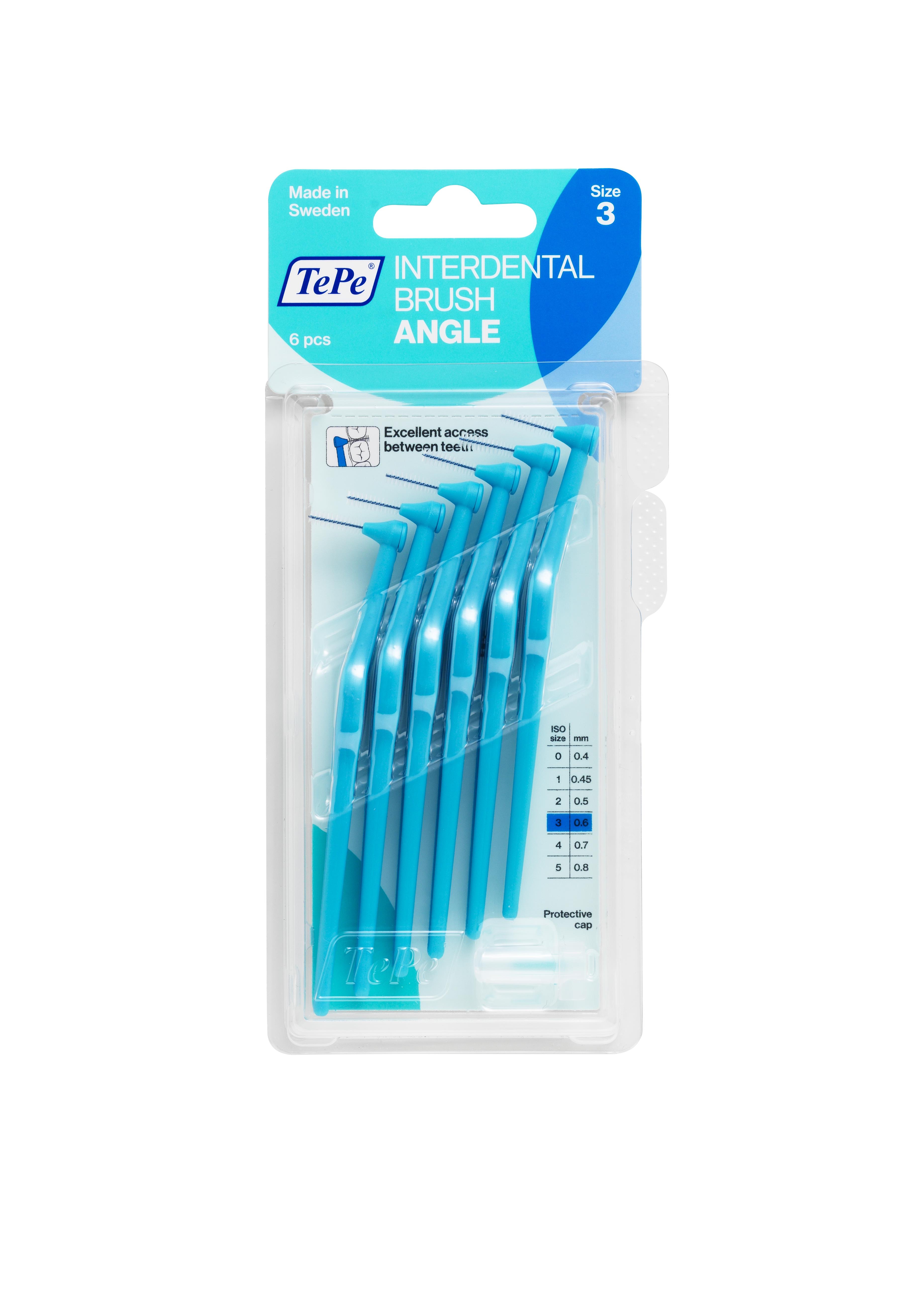
Material and methods: This cross-sectional study was performed on 180 patients of both genders referred to DPR at two most crowded hospitals of Khorramabad, Iran. The aim of this study was to evaluate the radiation dose to the lens of the eyes, parotid and thyroid gland in patients undergoing DPR at Lorestan Province, Western Iran. During DPR, several radiosensitive tissues such as the lens of the eyes, parotid and thyroid gland are contributed to the radiation field and it is necessary to monitor their received dose. This study will assist in setting diagnostic reference level for intraoral radiography in Nigeria.īackground: Dental panoramic radiography (DPR) is one of the most frequent diagnostic x-ray procedures and is currently on the rise. Conclusion: The doses obtained were lower than the documented threshold that could cause significant damage to the parotid gland, not undermining stochastic effect of radiation. No statistically significant difference was found between these means. The mean ESD±SD for males were 1.10☐.63mGy and 1.08☐.88mGy for parotid and thyroid glands respectively, while that for females were 1.02☐.61mGy and 1.00☐.74mGy for the parotids and thyroid glands respectively. The overall mean ESD±SD to the parotids and thyroid were 1.07☐.62mGy and 1.05☐.82mGy respectively. Result: The results indicated entrance surface doses (ESD) ranged between 0.13mGy to 2.76mGy for the parotid and 0.11mGy to 3.92mGy to the thyroid. The doses were read and mean ESD of all patients calculated. The TLD was used to measure the Entrance Surfaces Doses (ESDs) to the parotid gland by placing it the skin over the parotid. Materials and method: A prospective cross-sectional descriptive study design was adopted from March 2018 to March 2019 with 55 patients undergoing intra-oral radiography at dental clinic of Living Word Mission Hospital, Aba, using thermo luminescent dosimeters (TLDs). The study is aimed to determine the radiation doses to the parotid and thyroid glands. During the procedure scatter radiation reach close structures like the parotids glands. The results obtained seek to guide the execution of future research in the area and provide information on the radiation doses delivered in these procedures, which is expected to promote a radiation protection culture and motivate the optimization of the registered doses.īackground: Intraoral radiography is requested to evaluate the dentition or oral cavity.

The LDRL determined in the maxillary molar periapical radiography was 5.6 mGy for adults and 4.0 mGy for children while on the incisive periapical radiography it was 9.2 mGy for adult patients and 1.8 mGy for children.

Simulations of radiographic procedures were performed and the value of air Kerma at the entrance surface with backscattering, was estimated using thermo luminescent dosimetry. The present study determined the local diagnostic reference level (LDRL) for the periapical radiography of the Maxillary molar and Incisive. However, there is a meager knowledge in our country regarding dose levels applied in such procedures, making their determination necessary to maximize the benefits and to minimize the radiological risk to patients. We also recorded a step-by-step video to guide you through using the updated developer study guideĭownload the new version 1.4 of the developer study guide, and watch the step-by-step video on using the developer study guide.The information provided by dental radiology procedures, both in evaluation, as well as in the diagnosis and treatment of pathologies and / or dentomaxilofacial alterations, makes them the most frequent type of radiological study.To support the advertising bearer, we updated the section of Rebuilding the Kernel for BlueZ.This is a big step forward for Linux platforms running Bluetooth ® technology Besides meshctl, a newly added tool, mesh-cfglicnet, allows you to create mesh networks operating over the advertising provisioning bearer and PB-ADV.All the updates we added can now be found in this single guide We combined the two developer study guides mentioned above, deploying and provisioning, into one developer study guide.

Recently, we released a new version, v1.4, that includes the following features:

Howdy, developers and engineers! Last year, the Bluetooth Special Interest Group (SIG) released two developer study guides, Deploying BlueZ v5.50 on Raspberry Pi, Part 1 – Deploying and Deploying BlueZ v5.50 on Raspberry Pi 3, Part 2 - Provisioning, that explained how to deploy BlueZ on Raspberry Pi boards and make them work as a Bluetooth ® mesh provisioner.


 0 kommentar(er)
0 kommentar(er)
